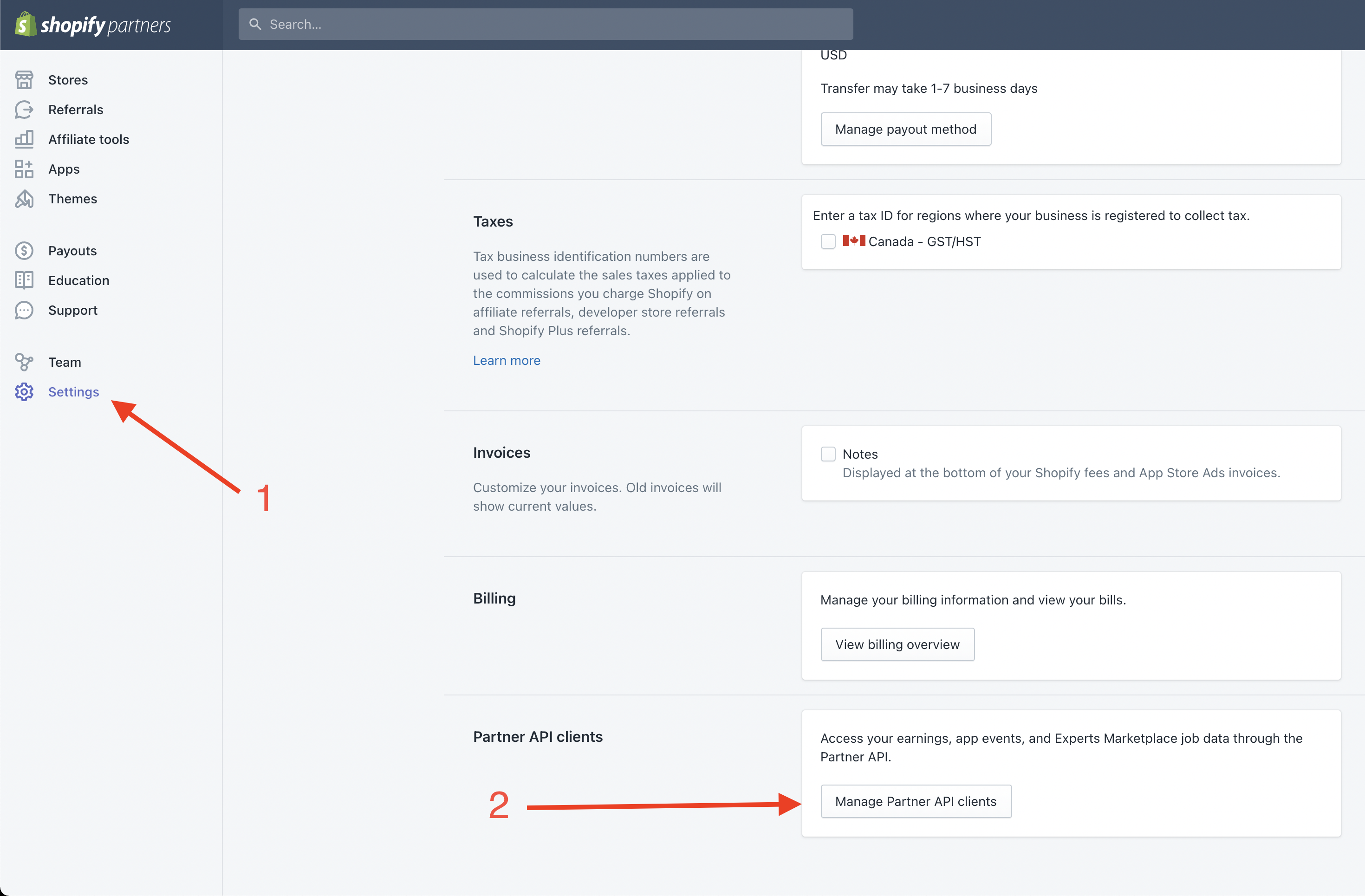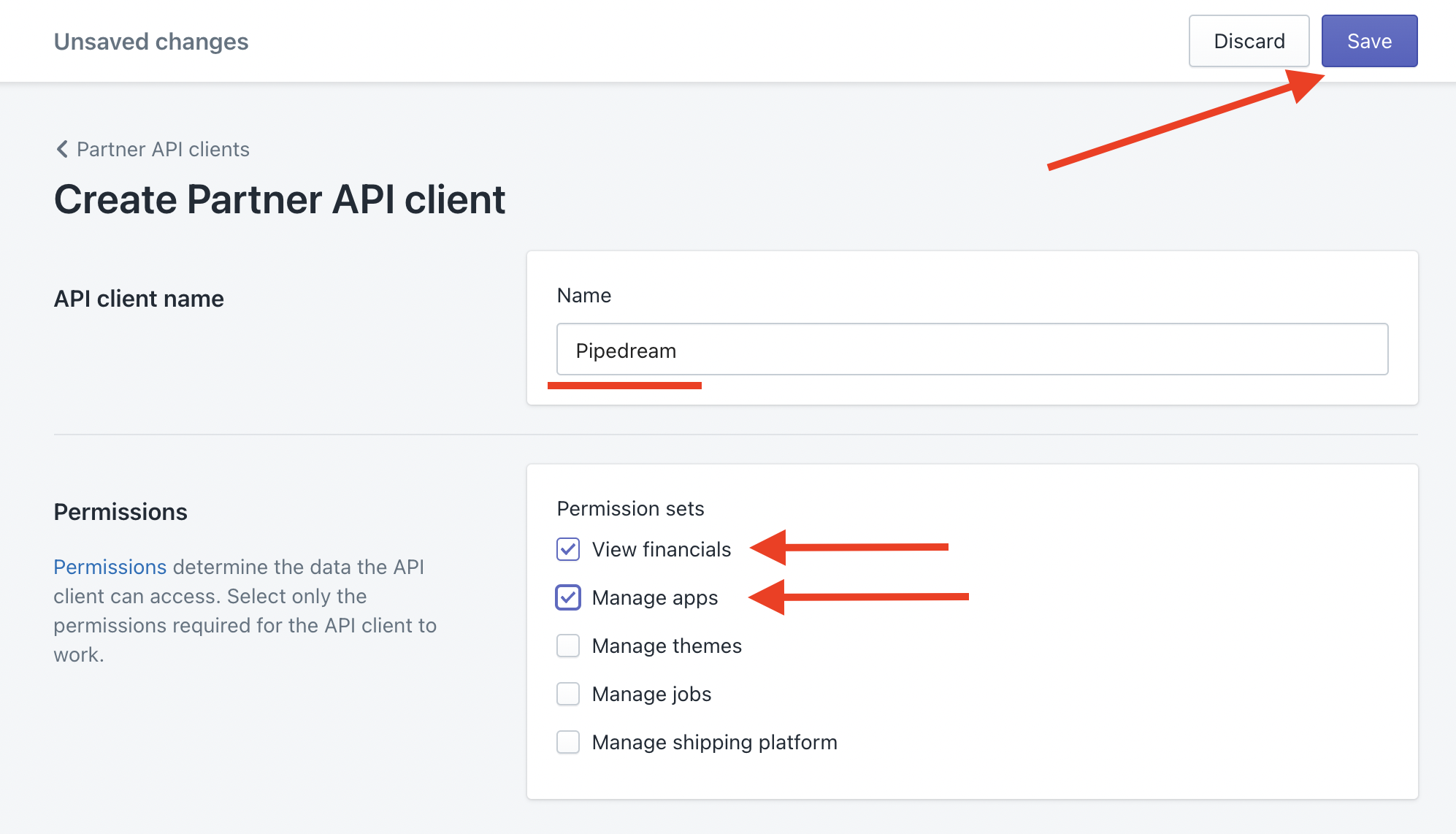import common from "../common/worksheet.mjs";
import { ConfigurationError } from "@pipedream/platform";
import { parseArray } from "../../common/utils.mjs";
import { isDynamicExpression } from "../common/worksheet.mjs";
const { googleSheets } = common.props;
export default {
...common,
key: "google_sheets-add-single-row",
name: "Add Single Row",
description: "Add a single row of data to Google Sheets. [See the documentation](https://developers.google.com/sheets/api/reference/rest/v4/spreadsheets.values/append)",
version: "2.1.20",
annotations: {
destructiveHint: false,
openWorldHint: true,
readOnlyHint: false,
},
type: "action",
props: {
googleSheets,
drive: {
propDefinition: [
googleSheets,
"watchedDrive",
],
},
sheetId: {
propDefinition: [
googleSheets,
"sheetID",
(c) => ({
driveId: googleSheets.methods.getDriveId(c.drive),
}),
],
reloadProps: true,
},
worksheetId: {
propDefinition: [
googleSheets,
"worksheetIDs",
(c) => ({
sheetId: c.sheetId?.value || c.sheetId,
}),
],
description: "Select a worksheet or enter a custom expression. When referencing a spreadsheet dynamically, you must provide a custom expression for the worksheet.",
async options({ sheetId }) {
if (isDynamicExpression(sheetId)) {
return [];
}
const origOptions = googleSheets.propDefinitions.worksheetIDs.options;
return origOptions.call(this, {
sheetId,
});
},
reloadProps: true,
},
hasHeaders: common.props.hasHeaders,
},
async additionalProps() {
const {
sheetId,
worksheetId,
hasHeaders,
} = this;
if (isDynamicExpression(sheetId) || isDynamicExpression(worksheetId)) {
return {
myColumnData: {
type: "string[]",
label: "Values",
description: "Provide a value for each cell of the row. Google Sheets accepts strings, numbers and boolean values for each cell. To set a cell to an empty value, pass an empty string.",
},
};
}
const props = {};
if (hasHeaders) {
try {
const worksheet = await this.getWorksheetById(sheetId, worksheetId);
const { values } = await this.googleSheets.getSpreadsheetValues(sheetId, `${worksheet?.properties?.title}!1:1`);
if (!values?.[0]?.length) {
throw new ConfigurationError("Could not find a header row. Please either add headers and click \"Refresh fields\" or set 'Does the first row of the sheet have headers?' to false.");
}
for (let i = 0; i < values[0]?.length; i++) {
props[`col_${i.toString().padStart(4, "0")}`] = {
type: "string",
label: values[0][i],
optional: true,
};
}
props.myColumnData = {
type: "string[]",
label: "Enter Values as Array",
description: "Provide a value for each cell of the row. Google Sheets accepts strings, numbers and boolean values for each cell. To set a cell to an empty value, pass an empty string. This field will overwrite the column input fields.",
optional: true,
};
} catch (err) {
console.error("Error fetching headers:", err);
return {
headerError: {
type: "string",
label: "Header Fetch Error",
description: `Unable to fetch headers: ${err.message}. Using simple column input instead.`,
optional: true,
hidden: true,
},
myColumnData: {
type: "string[]",
label: "Values",
description: "Provide a value for each cell of the row. Google Sheets accepts strings, numbers and boolean values for each cell. To set a cell to an empty value, pass an empty string.",
},
};
}
} else {
props.myColumnData = {
type: "string[]",
label: "Values",
description: "Provide a value for each cell of the row. Google Sheets accepts strings, numbers and boolean values for each cell. To set a cell to an empty value, pass an empty string.",
};
}
return props;
},
async run({ $ }) {
const {
sheetId,
worksheetId,
} = this;
const { name: sheetName } = await this.googleSheets.getFile(sheetId, {
fields: "name",
});
const worksheet = await this.getWorksheetById(sheetId, worksheetId);
let cells;
if (this.hasHeaders
&& !isDynamicExpression(sheetId)
&& !isDynamicExpression(worksheetId)
&& !this.myColumnData
) {
const { values: rows } = await this.googleSheets.getSpreadsheetValues(sheetId, `${worksheet?.properties?.title}!1:1`);
const [
headers,
] = rows;
cells = headers
.map((_, i) => `col_${i.toString().padStart(4, "0")}`)
.map((column) => this[column] ?? "");
} else {
cells = this.googleSheets.sanitizedArray(this.myColumnData);
}
if (!cells || !cells.length) {
throw new ConfigurationError("Please enter an array of elements in `Cells / Column Values`.");
}
cells = parseArray(cells);
if (!cells) {
throw new ConfigurationError("Cell / Column data is not an array. Please enter an array of elements in `Cells / Column Values`.");
} else if (Array.isArray(cells[0])) {
throw new ConfigurationError("Cell / Column data is a multi-dimensional array. A one-dimensional is expected. If you're trying to send multiple rows to Google Sheets, search for the action to add multiple rows to Sheets.");
}
const {
arr: sanitizedCells,
convertedIndexes,
} = this.googleSheets.arrayValuesToString(cells);
const data = await this.googleSheets.addRowsToSheet({
spreadsheetId: sheetId,
range: worksheet?.properties?.title,
rows: [
sanitizedCells,
],
});
let summary = `Added 1 row to [${sheetName || sheetId} (${data.updatedRange})](https://docs.google.com/spreadsheets/d/${sheetId}).`;
if (convertedIndexes.length > 0) {
summary += " We detected something other than a string/number/boolean in at least one of the fields and automatically converted it to a string.";
}
$.export("$summary", summary);
return data;
},
};
 Chase Roberts@chsrbrts@benedictevans If you haven’t used @pipedream yet, then you haven’t lived.
Chase Roberts@chsrbrts@benedictevans If you haven’t used @pipedream yet, then you haven’t lived. ✨Ellie Day✨@heyelliedayEvaluation update: @pipedream has quite literally been a dream to work with! I’m excited to leverage this tool for all the various workflows I need to write. I’m currently at 11k invocations a day from the initial workflows I’ve written in the past couple weeks.
✨Ellie Day✨@heyelliedayEvaluation update: @pipedream has quite literally been a dream to work with! I’m excited to leverage this tool for all the various workflows I need to write. I’m currently at 11k invocations a day from the initial workflows I’ve written in the past couple weeks. Michael Braedley@MBraedleyUpdate: I got it working properly, and it's working so well that I'm dropping IFTTT. @pipedream can do everything that IFTTT basic can, and most (if not all things) IFTTT pro can for free or at a reasonable price if you need it. I am recommending it for basically any power user.
Michael Braedley@MBraedleyUpdate: I got it working properly, and it's working so well that I'm dropping IFTTT. @pipedream can do everything that IFTTT basic can, and most (if not all things) IFTTT pro can for free or at a reasonable price if you need it. I am recommending it for basically any power user. Thomas Cutting@mrthomascuttingWant quick+dirty integrations for a serverless workflow - @pipedream is my new go-to 😃
Thomas Cutting@mrthomascuttingWant quick+dirty integrations for a serverless workflow - @pipedream is my new go-to 😃 Matthew Roberts@mattdotrobertsday 013 - finally hit node js. This is the secret sauce of taking #nocode projects that one step further. Pumped about getting deeper into @pipedream now
Matthew Roberts@mattdotrobertsday 013 - finally hit node js. This is the secret sauce of taking #nocode projects that one step further. Pumped about getting deeper into @pipedream now Kenneth Auchenberg 💭@auchenbergYahoo Pipes is back! Kinda 😍 @pipedream
Kenneth Auchenberg 💭@auchenbergYahoo Pipes is back! Kinda 😍 @pipedream Raymond Camden 🥑@raymondcamdenAwesome video by the @pipedream folks showing real time twitter sentiment analysis integrated with Google Sheets. This is where Pipedream *really* shines, connecting systems together in easy workflows.
Raymond Camden 🥑@raymondcamdenAwesome video by the @pipedream folks showing real time twitter sentiment analysis integrated with Google Sheets. This is where Pipedream *really* shines, connecting systems together in easy workflows. Nacho Caballero@nachocaballeroI couldn't recommend @pipedream more. It's an amazing service to integrate different APIs. Much more powerful than Zapier and more user-friendly than AWS Lambda. I'm very proud to wear this t-shirt #NoCode
Nacho Caballero@nachocaballeroI couldn't recommend @pipedream more. It's an amazing service to integrate different APIs. Much more powerful than Zapier and more user-friendly than AWS Lambda. I'm very proud to wear this t-shirt #NoCode Jason Snow@jyksnwDeveloped a working prototype environmental sensor IoT solution with @particle Photon, @pipedream, and @MongoDB with full graphing and alerting in less than a day! All amazing technology, will def. be exploring these more.
Jason Snow@jyksnwDeveloped a working prototype environmental sensor IoT solution with @particle Photon, @pipedream, and @MongoDB with full graphing and alerting in less than a day! All amazing technology, will def. be exploring these more. Steven Terrana@steven_terrana@burgwyn you've inspired me to finally set up my own blog. I'll make sure my first blog post explains the tech behind the setup. think @obsdmd + @GatsbyJS + @pipedream.
Steven Terrana@steven_terrana@burgwyn you've inspired me to finally set up my own blog. I'll make sure my first blog post explains the tech behind the setup. think @obsdmd + @GatsbyJS + @pipedream. 🚄 James Augeri, PhD@DotDotJamesWant to low-code your back end, need more horsepower than @Bubble / @KnackHQ, or just miss Yahoo! Pipes? Check out @PipeDream
🚄 James Augeri, PhD@DotDotJamesWant to low-code your back end, need more horsepower than @Bubble / @KnackHQ, or just miss Yahoo! Pipes? Check out @PipeDream Sébastien Chopin@AtinuxGitHub issues should be like @linear_app for maintainers. Looking forward more integrations with GH actions or tools like @pipedream 👀
Sébastien Chopin@AtinuxGitHub issues should be like @linear_app for maintainers. Looking forward more integrations with GH actions or tools like @pipedream 👀 Raul@raul_predescuIf you're a dev and not using @pipedream, you're missing out. Been using it for months, daily. FREE for devs. Plenty of integrations and good limits. Absolutely love it.
Raul@raul_predescuIf you're a dev and not using @pipedream, you're missing out. Been using it for months, daily. FREE for devs. Plenty of integrations and good limits. Absolutely love it. Bruno Skvorc@bitfallsSo @pipedream is pretty amazing. In 3 minutes I just made a flow which adds @rickastley's Never Gonna Give You Up to my @spotify playlist whenever a new pull request arrives in an old repo of mine.
Bruno Skvorc@bitfallsSo @pipedream is pretty amazing. In 3 minutes I just made a flow which adds @rickastley's Never Gonna Give You Up to my @spotify playlist whenever a new pull request arrives in an old repo of mine. Zach Lanich@ZachLanichUm, wow 🤯 @pipedream
Zach Lanich@ZachLanichUm, wow 🤯 @pipedream Steven Bell@bellontechI just used @pipedream to build a Shopify App. Wow, they make small backed tasks easy.
Steven Bell@bellontechI just used @pipedream to build a Shopify App. Wow, they make small backed tasks easy. Jay Hack 🎩🇺🇸@_jayhack_Very impressed with this bad boi - it reminds me of a @PalantirTech internal tool, but geared towards integrations instead of data analysis and far more customizable. Great expectations here 🚀🤩
Jay Hack 🎩🇺🇸@_jayhack_Very impressed with this bad boi - it reminds me of a @PalantirTech internal tool, but geared towards integrations instead of data analysis and far more customizable. Great expectations here 🚀🤩 Tree Sturgeon 🔥🚴♂️🌳@philsturgeonFor context this is day 2 of a really challenging and stupid migration from Notion to @airtable with disparate/missing data. It's going better than expected and thanks to @pipedream I don't have to bother the iOS dev to add W3W.
Tree Sturgeon 🔥🚴♂️🌳@philsturgeonFor context this is day 2 of a really challenging and stupid migration from Notion to @airtable with disparate/missing data. It's going better than expected and thanks to @pipedream I don't have to bother the iOS dev to add W3W.





